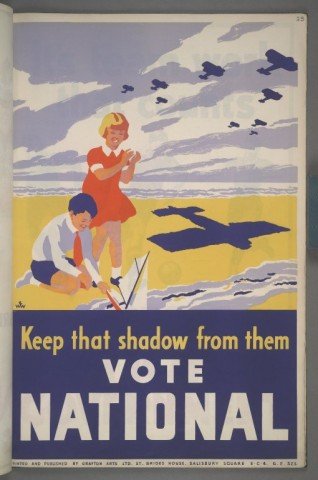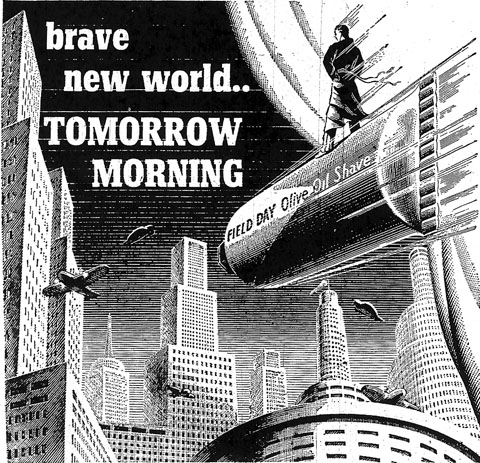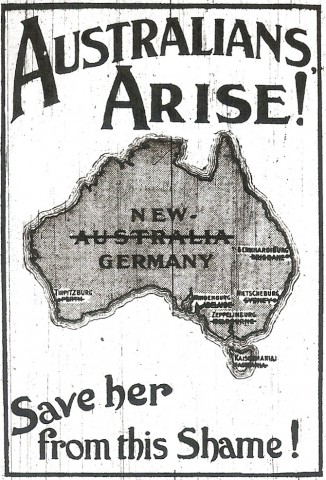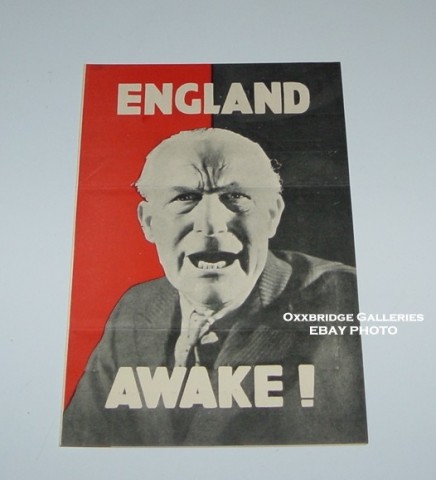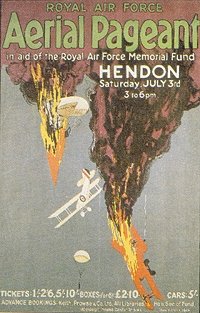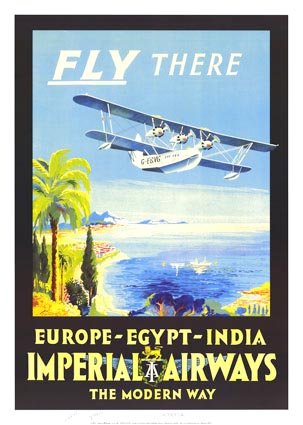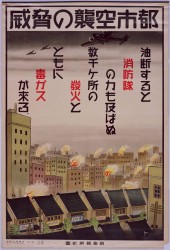A phantom airship?
The short answer is, almost certainly not, but more of that in a moment. One of the nice things about blogging is that people send me emails on topics which they think may interest me. Recently I received scans of a photograph from Peter Edwards, who has the original glass plates. They’re from a box […]



